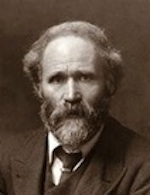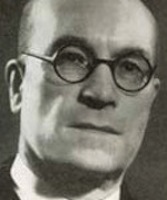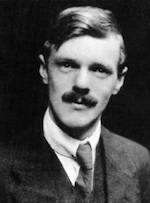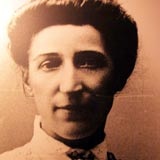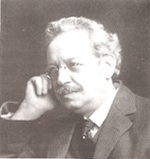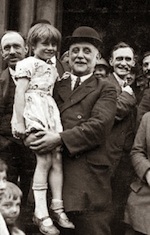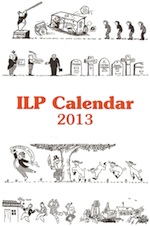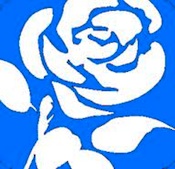PAUL SIMPSON examines the life and politics of ILP founder Keir Hardie, uncovering staunch principles, distinct traits and personal contradictions. James Keir Hardie was born in Lanarkshire in Scotland in August 1856. At seven he began work as a message boy and by the age of 10 he was working in a mine as a...
ILP@120: Alfred Salter & the Bermondsey Revolution
GRAHAM TAYLOR celebrates the life and achievements of Alfred Salter, the brilliant doctor, Bermondsey MP and lifelong ILPer who helped transform an impoverished corner of south east London. His life is chiefly known from Fenner Brockway’s 1949 classic of political biography, Bermondsey Story, which describes in moving terms how the young doctor dedicated his life...
ILP@120: Once Upon a Time in the Midlands
DAVID HOWELL remembers DH Lawrence and ‘the Eastwood circle’, a dissenting academy in Nottinghamshire ‘with the ILP at its heart’. Its lost world of Edwardian socialism shows that while ‘vision is essential, it is never enough’. The Eastwood circle epitomised the ILP's moral politics at a moment of optimism and diversity – a politics of...
On ‘The Common Table’
BARRY WINTER argues that a recent article by Jon Cruddas and Jonathan Rutherford, two men at the heart of Labour’s policy review, is the most imaginative line of thinking for the left and the party we have seen for more than a generation. ...
ILP@120: Bread, and Roses Too
In the second of our anniversary profiles, MICHAEL HERBERT remembers Hannah Mitchell, lifelong socialist and suffragette, an ILPer whose posthumous autobiography is a classic account of a working class woman’s quest for personal and political liberation. Mitchell was born in 1871 on a remote farm in Alport Dale, Derbyshire. She had just two weeks schooling,...
ILP@120: Fred Jowett – ‘A great man of a new kind’
“He was a great man of a new kind, which the history books have not caught up with yet,” wrote JB Priestley of Fred Jowett. IAN BULLOCK profiles the ILPer who campaigned tirelessly for democratic reform. FW – or Fred – Jowett (1864-1944), known widely during his lifetime as ‘Jowett of Bradford’, was a prominent...
The Goose and the Commons
The law locks up the man or woman / Who steals the goose from off the common / But leaves the greater villain loose / Who steals the common from off the goose…...
Good old George
JON CRUDDAS MP recalls the life of former Labour leader and east London ILPer George Lansbury, arguing that his life, work and principles crystallise the journey of political rediscovery underway in Ed Miliband’s ‘one nation’ Labour Party. George Lansbury is one of the great heroes of the Labour Party. He was to quote the great...
ILP Calendar 2013
An A4 wall calendar to mark the ILP’s 120th anniversary featuring political cartoons from the 1890s and 1920s. Each month is illustrated by socialist cartoons first published in Keir Hardie’s newspaper, Labour Leader, or its ILP successor, New Leader. They are not only a poignant reminder of our past but retain significant political relevance today. Price...
The Challenge of a Generation
Growing poverty and inequality in Europe prove that the market alone cannot deliver. It’s time to change the narrative, says JUDITH KIRTON-DARLING, Confederal Secretary of the European Trade Union Confederation (ETUC). Here, she sets out the terms of a new European social contract. Austerity and poverty in Europe are blighting our continent. Both are having...
Debt and Democracy: National Economic Institutions in a Global Order
MAURICE GLASMAN argues that institutional renewal of banks, corporate governance and land are vital to a new political economy for Labour....
Crisis, Markets and Protest
Today capitalism is news. Talk about capitalist crisis is widespread in ways that have not been heard for decades. Yet, it is the forces of the right that continue to dominate politically, even though the system they most strongly espouse is facing severe upheavals. Often discredited, social democratic parties are struggling to get a...
